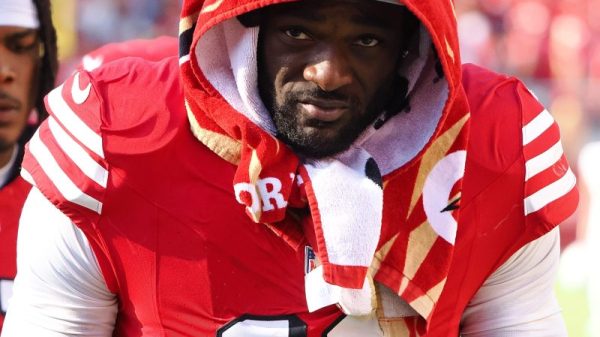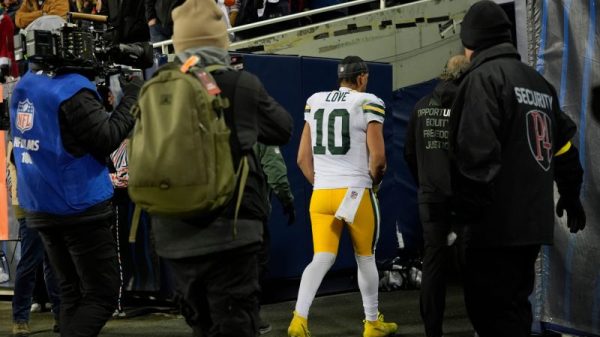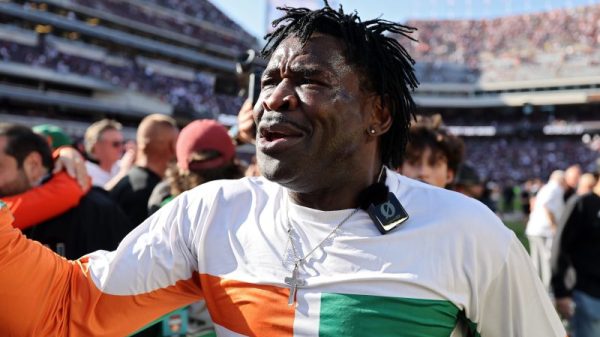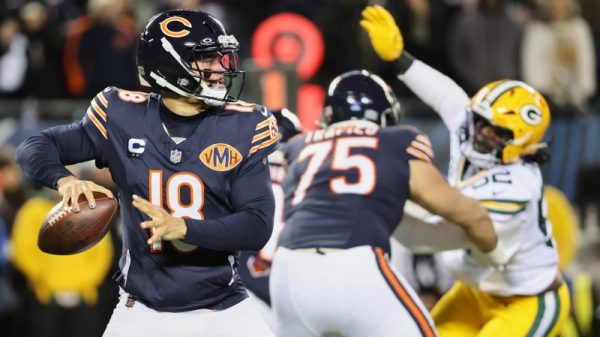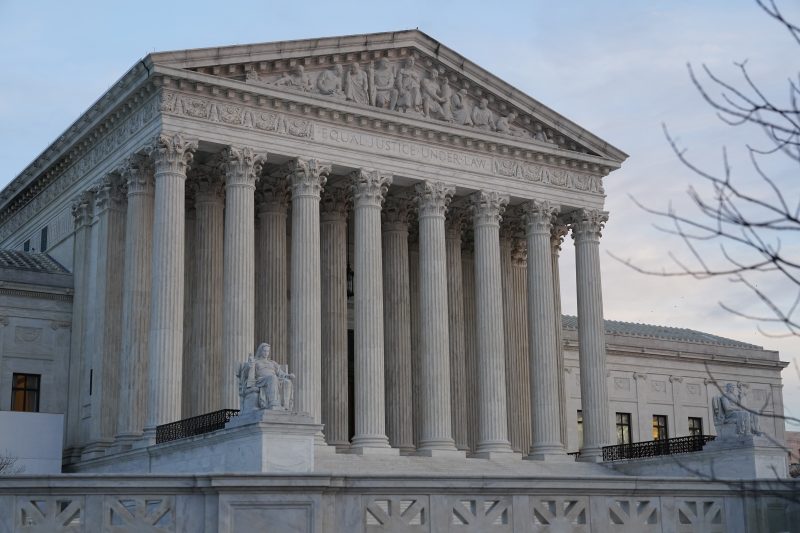The Supreme Court said Thursday that it cannot identify the person who last spring leaked a draft of the opinion that overturned Roe v. Wade, an inconclusive likely finale to what the justices declared “one of the worst breaches of trust” in the court’s history.
After months of investigation and interviews, Supreme Court Marshal Gail Curley reported “it is not possible to determine the identity of any individual who may have disclosed the document or how the draft opinion ended up with Politico.”
“No one confessed to publicly disclosing the document and none of the available forensic and other evidence provided a basis for identifying any individual as the source of the document,” her 20-page report said, adding that the leak likely came from within.
“While investigators and the Court’s IT experts cannot absolutely rule out a hack, the evidence to date reveals no suggestion of improper outside access,” the report said.
Curley said more than 80 people besides the nine justices had access to the draft opinion in Dobbs v. Jackson Women’s Health Organization, and a total of 97 individuals were interviewed as part of the leak investigation — some more than once. But she concluded that “based on a preponderance of the evidence standard,” a relatively low legal standard meaning there is proof that something is likely true, it was impossible to identify the leaker.
The report did not indicate clearly whether the justices themselves or others close to them were questioned, and a spokeswoman for the court did not respond to inquiries Thursday afternoon. “The investigation focused on Court personnel – temporary (law clerks) and permanent employees – who had or may have had access to the draft opinion during the period from the initial circulation until the publication,” the report said.
Although the report did not indicate that it was against the law to disclose the draft opinion, those interviewed were told they could be fired if they refused to answer or did not truthfully respond to questions, the report said. Each employee was asked to sign an affidavit “affirming that he or she did not disclose the Dobbs draft opinion to any person not employed by the Supreme Court” and to swear before a notary to the truth of that statement.
“Some individuals admitted to investigators that they told their spouse or partner about the draft Dobbs opinion and the vote count, in violation of the Court’s confidentiality rules,” the report said, but “the interviews provided very few leads concerning who may have publicly disclosed the document.”
The legal and political worlds have been anxiously awaiting the results of the internal investigation since May, after Politico published a draft of Justice Samuel A. Alito Jr.’s opinion. The document was essentially the same as the decision the court issued weeks later. Five conservative justices used the case to overturn Roe, while Chief Justice John G. Roberts Jr. said he would have upheld the restrictive Mississippi abortion law at issue. The court’s three liberals combined on an angry dissent.
The leak was an extraordinary breach of the decorum and practice at a place that prides itself on keeping internal deliberations of the justices secret. It put the court in unfamiliar territory, and showed the difficulty of tracing a Washington leak. The report said investigators examined emails, cellphone records, clues from printers and even a fingerprint on an undisclosed item.
But it said “the pandemic and resulting expansion of the ability to work from home, as well as gaps in the Court’s security policies, created an environment where it was too easy to remove sensitive information from the building and the Court’s IT networks, increasing the risk of both deliberate and accidental disclosures of Court-sensitive information.”
“The leak was no mere misguided attempt at protest,” a preamble to the report said. “It was a grave assault on the judicial process.” The justices added: “It is essential that we deliberate with one another candidly and in confidence … It is no exaggeration to say that the integrity of judicial proceedings depends on the inviolability of internal deliberations.”
The mention of “protest” raised the question of whether the leak came from someone on the left unhappy with the abortion decision. Others have speculated the leak was from the right, to keep together the initial coalition of conservative justices who had agreed to take the long-anticipated step of overturning Roe.
The court’s lack of clarity on whether the justices themselves submitted to interviews raised additional questions for some observers. “The marshal’s leak report does not even consider the possibility that the leak was by a justice,” said Daniel Epps, a law professor at Washington University in St. Louis and a former Supreme Court clerk. “If that was simply declared out of bounds at the outset, it’s hard to take this investigation seriously.”
The report suggests that the court’s technology was an obstacle to the effort to identify the leaker because not all of the printers, for instance, kept running, up-to-date logs of activity. Investigators collected court-issued laptops and cellphones from all employees who had access to the draft opinion, but did not find relevant information on those devices.
As part of the investigation, Curley and her team also reviewed any connections between court employees and reporters, including speculation on social media about how the link may have transpired. Those inquiries “found nothing to substantiate any of the social media allegations regarding the disclosure.”
In part, the report said, the leak was made easier by a system that did not contemplate such a breach. “If a Court employee disclosed the draft opinion, that person brazenly violated a system that was built fundamentally on trust with limited safeguards to regulate and constrain access to very sensitive information.”
Although it seemed unlikely to provide new clues, the report said investigators “continue to review and process some electronic data that has been collected and a few other inquiries remain pending. To the extent that additional investigation yields new evidence or leads, the investigators will pursue them.”
In making public the report on Thursday, the court said it had consulted with Michael Chertoff, a former Homeland Security secretary and federal judge, to assess Curley’s investigation. Chertoff characterized the review as “thorough” and said in a statement that he “cannot identify any additional useful investigative measures” not already undertaken or underway.
But Curley and Chertoff recommended new procedures and policies to address potential security lapses. Curley suggested additional training to better manage sensitive documents and said the court should consider supporting legislation introduced in the last Congress that would have prohibited the disclosure of “non-public case-related information” outside of the court. Chertoff recommended limiting the distribution of and access to sensitive documents, in addition to new tools to track how documents are used and shared.
Alito said this fall that the leak led to a “changed” atmosphere at the court and made his colleagues in the majority “targets for assassination.” The threat to the justices, he added, was not theoretical because it “gave people a rational reason to think they could prevent that from happening by killing one of us.”
A California man is facing attempted murder charges after being arrested outside the suburban Maryland home of Justice Brett M. Kavanaugh with weapons and a plan to break into the justice’s house.
Roberts took the extraordinary step of confirming the authenticity of the draft opinion the day after it was published, and announcing an internal investigation into the leak. “To the extent this betrayal of the confidences of the Court was intended to undermine the integrity of our operations, it will not succeed,” Roberts said. “The work of the Court will not be affected in any way.”
He has been silent about the progress of the leak investigation since then, even as other justices talked about how they believed it had damaged the court.
The leak turned the Supreme Court into a place “where you look over your shoulder,” Justice Clarence Thomas said at a conference weeks after the leak.
“I wonder how long we’re going to have these institutions at the rate we’re undermining them,” he said. “And then I wonder, when they’re gone or destabilized, what we’re going to have as a country.”






